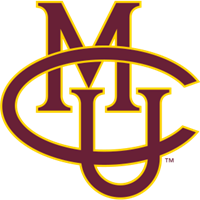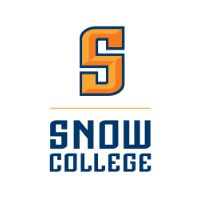What do they do?
Set up, operate, or tend milling or planing machines to mill, plane, shape, groove, or profile metal or plastic work pieces.
Also known as:
CNC Licensed Mill Operator (Computer Numerical Control Licensed Mill Operator), CNC Mill Operator (Computer Numerical Control Mill Operator), CNC Mill Operator (Computerized Numerical Control Mill Operator), CNC Mill Set Up Operator (Computerized Numerical Control Mill Set Up Operator), Machine Operator, Machine Set Up Operator, Mill Operator, Miller, Milling Operator, Operator, Setup Man
-
-18.1%
Change
Ranks #41 in job growth rate90Job Openings
Ranks #4 in net job growth
Colleges with the most graduates that become Milling and Planing Machine Setters, Operators, and Tenders, Metal and Plastic
-
Colorado Mesa University
Grand Junction, CO
-
NTMA Training Centers of Southern California
Santa Fe Springs, CA
-
Pennsylvania College of Technology
Williamsport, PA
-
Tennessee College of Applied Technology-Hartsville
Hartsville, TN
Looking for colleges that offer a specific major? Use the College Match Tool to find your best-matched schools and discover your estimated Net Price!
- Doctorate or Professional Degree (<1%)
- Master's degree (2%)
- Bachelor's degree (2%)
- Associate's degree (5%)
- Some college, no degree (29%)
- High school diploma equivalent (47%)
- Less than high school diploma (15%)
People in this career often know a lot about:
- Mechanical - Knowledge of machines and tools, including their designs, uses, repair, and maintenance.
- Production and Processing - Knowledge of raw materials, production processes, quality control, costs, and other techniques for maximizing the effective manufacture and distribution of goods.
- Mathematics - Knowledge of arithmetic, algebra, geometry, calculus, statistics, and their applications.
- English Language - Knowledge of the structure and content of the English language including the meaning and spelling of words, rules of composition, and grammar.
People in this career often have talent in:
- Manual Dexterity - The ability to quickly move your hand, your hand together with your arm, or your two hands to grasp, manipulate, or assemble objects.
- Near Vision - The ability to see details at close range (within a few feet of the observer).
- Arm-Hand Steadiness - The ability to keep your hand and arm steady while moving your arm or while holding your arm and hand in one position.
- Control Precision - The ability to quickly and repeatedly adjust the controls of a machine or a vehicle to exact positions.
People in this career often do these activities:
- Remove products or workpieces from production equipment.
- Align parts or workpieces to ensure proper assembly.
- Set equipment controls to meet cutting specifications.
- Monitor equipment operation to ensure that products are not flawed.
- Select production equipment according to product specifications.
- Mount attachments or tools onto production equipment.
- Mount materials or workpieces onto production equipment.
- Operate grinding equipment.
- Sharpen cutting or grinding tools.
- Replace worn equipment components.
- Read work orders or other instructions to determine product specifications or materials requirements.
- Review blueprints or other instructions to determine operational methods or sequences.
- Calculate dimensions of workpieces, products, or equipment.
- Feed materials or products into or through equipment.
- Determine production equipment settings.
- Record operational or production data.
- Construct patterns, templates, or other work aids.
- Adjust equipment controls to regulate coolant flow.
This page includes data from:

 Occupation statistics: USDOL U.S. Bureau of Labor Statistics Occupational Employment Statistics
Occupation statistics: USDOL U.S. Bureau of Labor Statistics Occupational Employment Statistics









